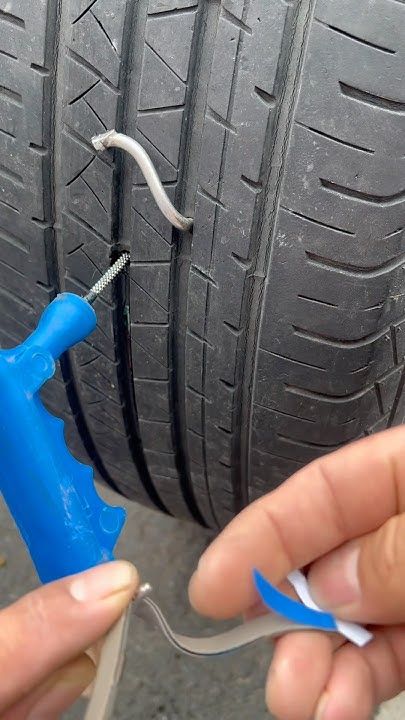Your tires are the only point of contact between your vehicle and the road, making their condition crucial for safety, performance, and fuel efficiency. Proper tire maintenance is essential, and it goes beyond just kicking the tires. Let’s delve into the key aspects: tire pressure checks, rotations, alignments, balancing, and recognizing when it’s time for replacements.

1. Tire Pressure Checks: The Foundation of Tire Health
- Importance:
- Correct tire pressure ensures optimal contact with the road, leading to better handling and braking.
- It also improves fuel efficiency and extends tire lifespan.
- Underinflation can lead to overheating and tire failure, while overinflation can reduce traction and cause uneven wear.
- How to Check:
- Use a reliable tire pressure gauge.
- Check the pressure when the tires are cold (before driving or after the car has been parked for several hours).
- Consult your vehicle’s owner’s manual or the sticker inside the driver’s side door for the recommended tire pressure.
- Adjust the pressure as needed.
2. Tire Rotations: Even Wear for Longer Life
- Importance:
- Tires wear unevenly due to factors like vehicle weight distribution and driving habits.
- Rotating tires helps to distribute wear evenly, extending their lifespan and maintaining consistent handling.
- Frequency:
- Rotate your tires every 5,000 to 7,000 miles, or as recommended by your vehicle’s owner’s manual.
- The rotation pattern (e.g., front-to-back, cross-pattern) will depend on your vehicle’s drive type (front-wheel, rear-wheel, all-wheel).
3. Wheel Alignments: Straight and True
- Importance:
- Wheel alignment ensures that your wheels are properly angled relative to the road and each other.
- Misalignment can cause uneven tire wear, pulling to one side, and steering wheel vibration.
- Signs of Misalignment:
- Uneven tire wear.
- Vehicle pulling to one side.
- Steering wheel vibration.
- Steering wheel off-center.
- When to Align:
- After hitting a curb or pothole.
- After suspension or steering component repairs.
- When you notice signs of misalignment.
4. Wheel Balancing: Smooth Ride, No Vibrations
- Importance:
- Wheel balancing ensures that the weight of the tire and wheel assembly is evenly distributed.
- Imbalance can cause vibrations, especially at higher speeds, and can lead to uneven tire wear.
- Signs of Imbalance:
- Vibrations in the steering wheel, seat, or floor.
- When to Balance:
- When you get new tires.
- When you notice vibrations.
5. Recognizing Tire Wear and When to Replace:
- Tread Depth:
- Tread depth is crucial for traction, especially in wet conditions.
- Use a tread depth gauge or the “penny test” to check tread depth. (Insert a penny upside down into a tread groove. If you can see all of Lincoln’s head, your tires are worn.)
- Replace tires when the tread depth reaches 2/32 of an inch (1.6 mm).
- Wear Indicators:
- Most tires have wear indicators built into the tread grooves. When the tread is worn down to the level of the indicators, it’s time to replace the tires.
- Damage:
- Inspect your tires for cuts, bulges, cracks, or other damage.
- Replace any tire that shows signs of significant damage.
- Age:
- Even if the tread depth is adequate, tires can deteriorate over time.
- Check the tire’s date code (DOT code) on the sidewall.
- Replace tires that are more than six to ten years old, even if they appear to be in good condition.
Key Takeaways:
- Regular tire pressure checks are essential for safety and efficiency.
- Tire rotations help to extend tire lifespan and maintain consistent handling.
- Wheel alignments and balancing ensure a smooth and safe ride.
- Recognizing tire wear and damage is crucial for timely replacements.
By following these tire maintenance tips, you can ensure a safe and comfortable driving experience while maximizing the lifespan of your tires.